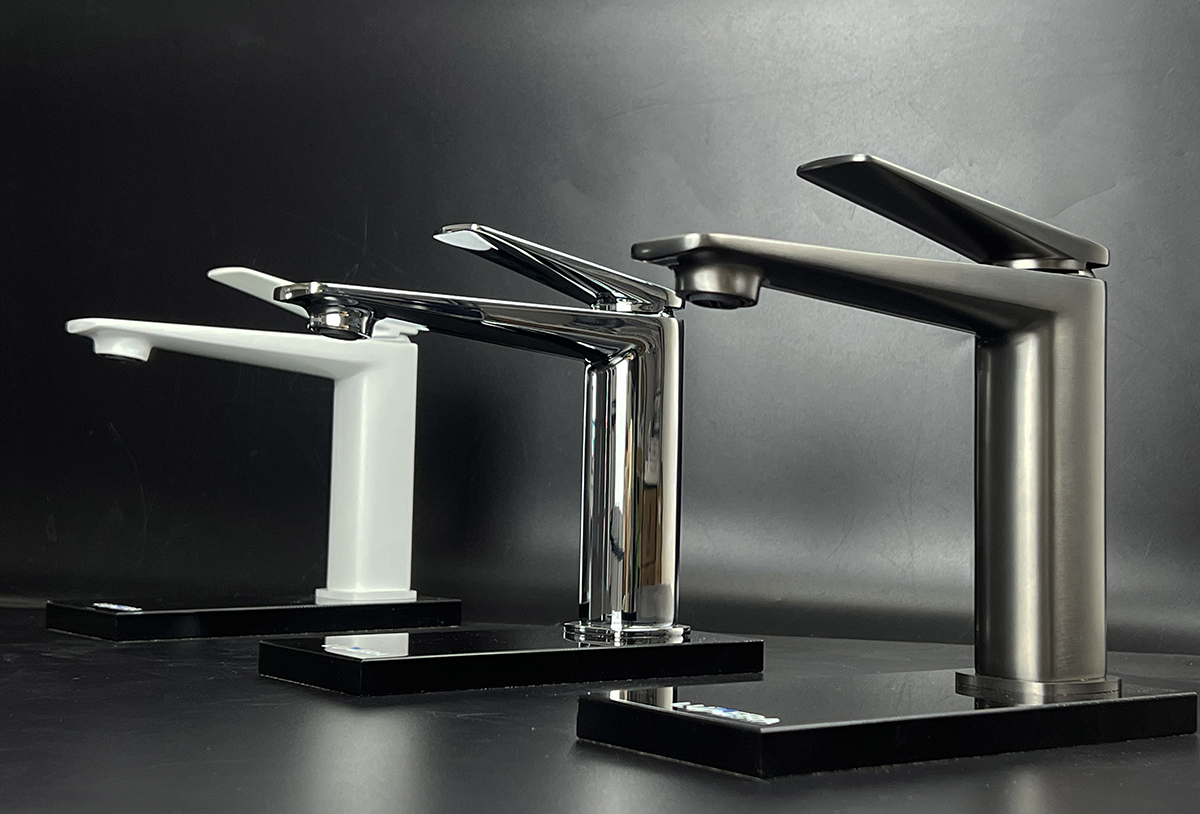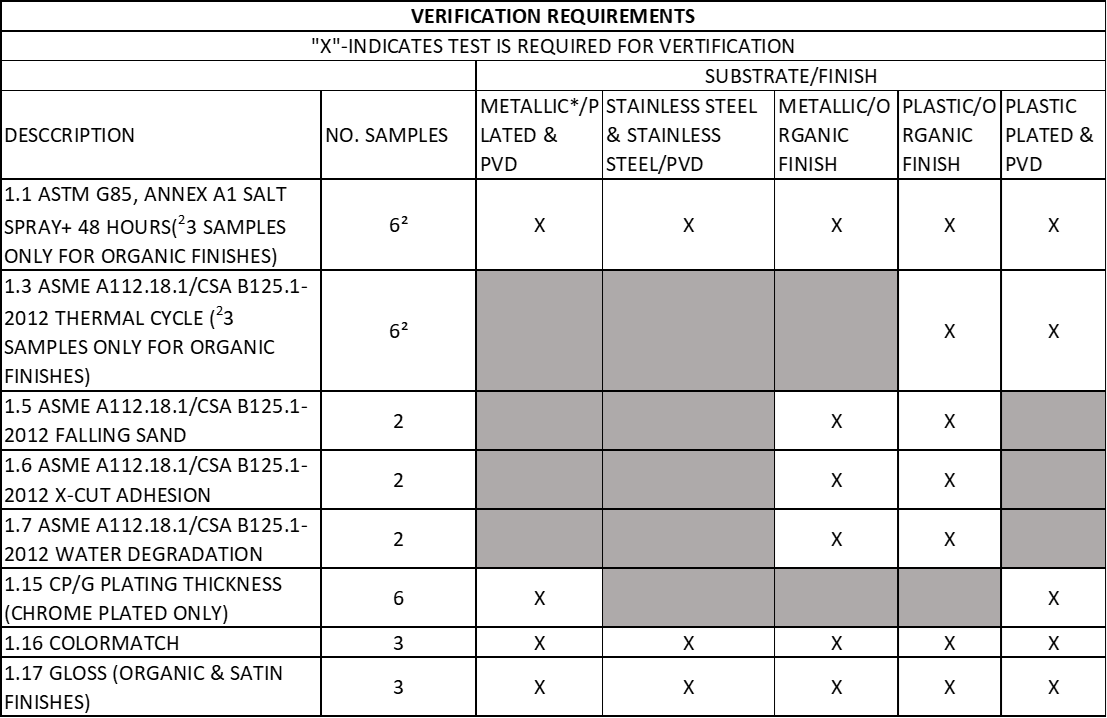
NSS TEST
NSS or Neutral Salt Spray test is a quality assurance test conducted on coated, painted, electroplated or galvanized material. This was the first to be developed and it is a standardized corrosion test. It is exposed metallic and non-metallic materials to a highly corrosive environment, over an extended period of time in order to assess their relative corrosion resistance. It can also be used to determine the effectiveness of paints and coatings at protecting the substrate material from corrosion.
NSS test is usually carried out to most widely used standard ASTM B117 neutral salt spray test for between 24 and 1000 hours, however this may be specified. The testing typically involves using a 5% sodium chloride (NaCl) solution with a pH range between 6.5 and 7.2 is atomized within a sealed chamber to create a saltwater mist, accelerating the corrosion of the materials being tested. The test samples are generally inspected at regular intervals to monitor and record the degradation of the samples.
ASS TEST
ASS or acetic acid salt spray test is now covered by BS 5466 Part Ⅱ:1977 (ISO 3769 and ASTM B287), especially useful for testing decorative coatings of copper + nickel+ chromium or nickel+ chromium. It has also been found suitable for testing anodic and organic coatings on aluminum.
It is the method in NSS solution with addition of glacial acetic acid in the pH range of 3.1 to 3.3. And the corrosion rate of ASS is faster than NSS.
CASS TEST
CASS or copper-accelerated acetic acid salt spray test is useful for testing decorative coatings of copper+ nickel+ chromium or nickel+ chromium. It has also been found suitable for testing anodic and organic coatings on aluminum.
The CASS test contains additional 0.0205±0.0015% cuprous chloride (CuCl2) added into the acidic (pH=3.1-3.3) NaCl solution. As copper ions promoted corrosion reactions to happened faster, temperatures were raised to 50±2°C, CASS had a faster corrosion rate than ASS. It is widely used as it is a quick and cost-effective way of evaluating the corrosive performance of various types of coatings.
COMPARISON TABLE OF SALT SPRAY CONDITIONS

The ± tolerances given are the allowable operational fluctuations, which are defined as the positive and negative deviations from the setting of the sensor at the operational control set point during equilibrium conditions. This does not mean the set value may vary by plus/minus the amount indicated from the given value.
The corrosivity of the atmosphere is graded by six levels in ascending order, including C1 (very low), C2 (low), C3 (medium), C4 (high), C5 (very high), and CX (extreme). It depends on the humidity and pollution level in the area.
Generally speaking, the extent of corrosion in the one-day NSS test was equivalent to exposure to a coastal environment (level C5+) for 120 days or to a general environment (level 3) for one year. Similarly, the extent of corrosion in the one-day ASS test was equivalent to exposure to a coastal environment (level C5+) for 360 days or to a general environment (level 3) for three years. The extent of corrosion in the one-day CASS test was equivalent to exposure to a coastal environment (level C5+) for 960 days or to a general environment (level C3) for eight years. But for the faucets, we don’t need to be so strict. Please see the tables as below:

* Metallic substrates include: Brass Alloys, Zinc, Steel, Stainless Steel and Aluminum.
The same samples can be used for colormatch, plating thickness and salt spray.
- Ecobrass waterway parts are to be tested for 8 hours in ASTM B368.
Below are our products after ASS Test:

